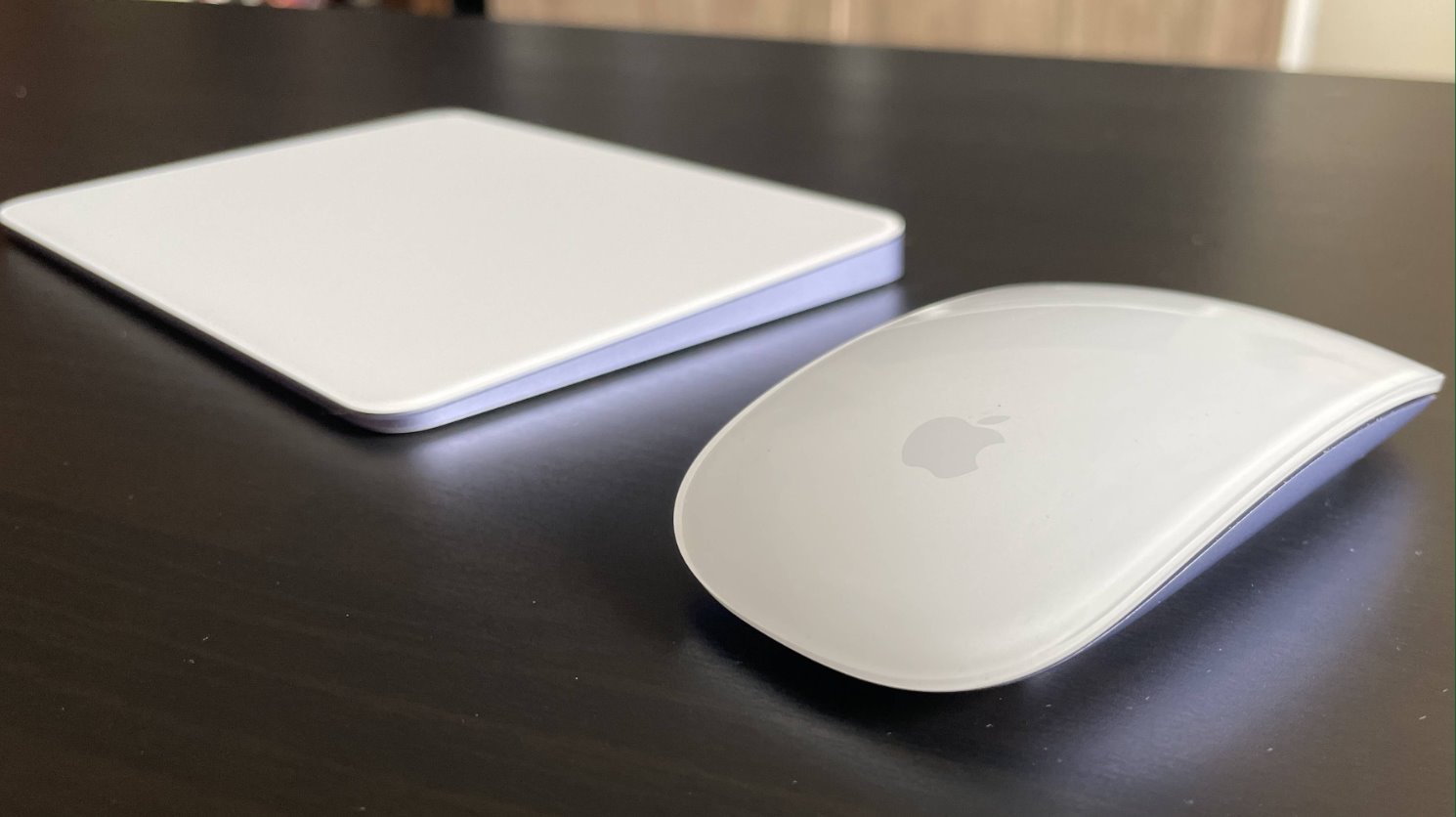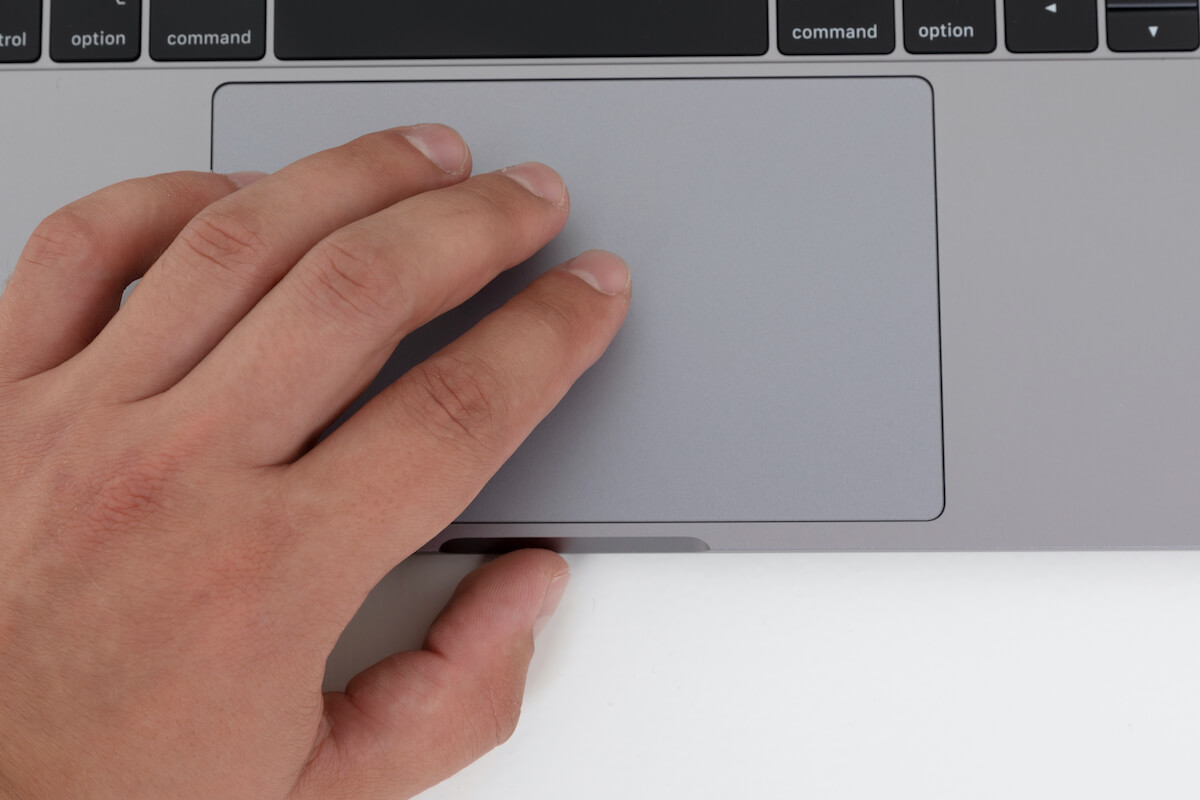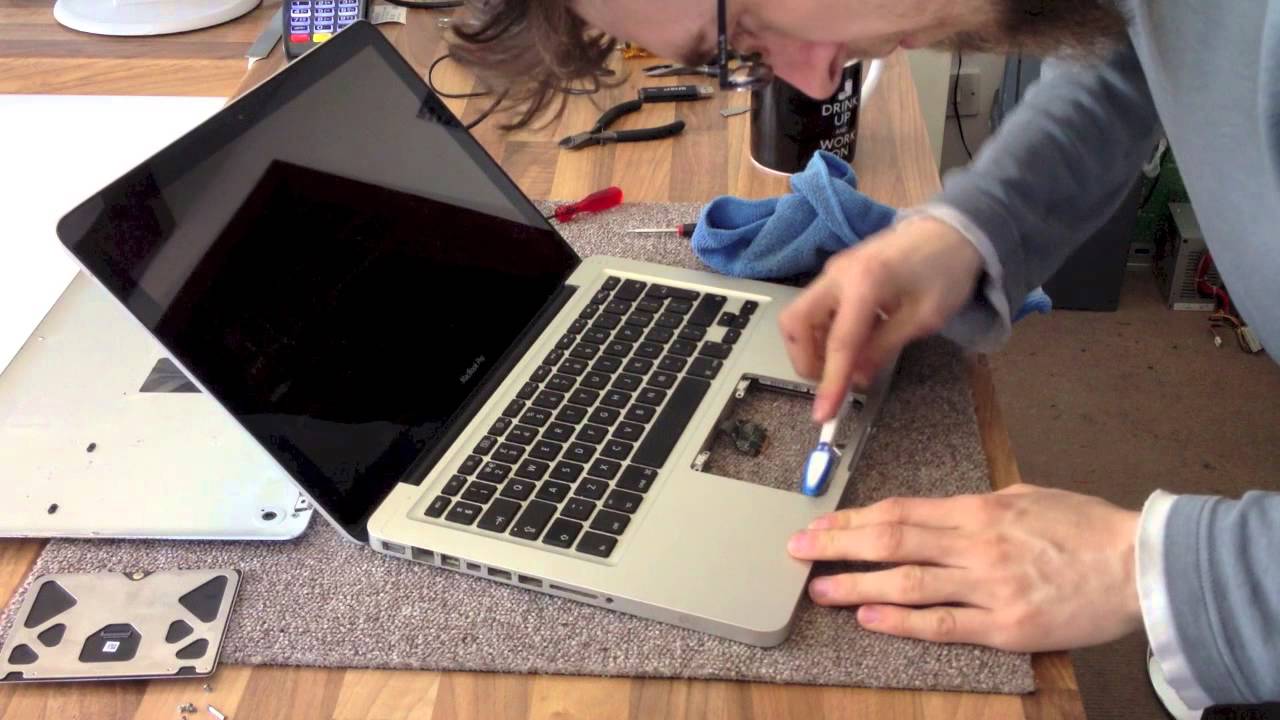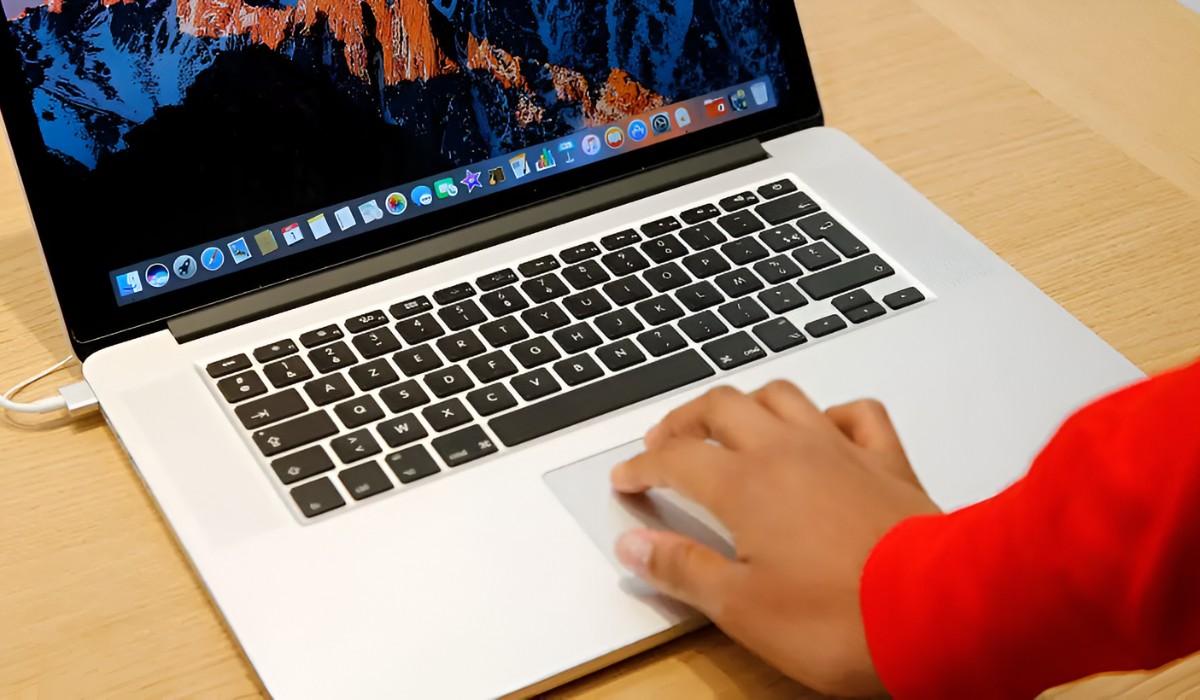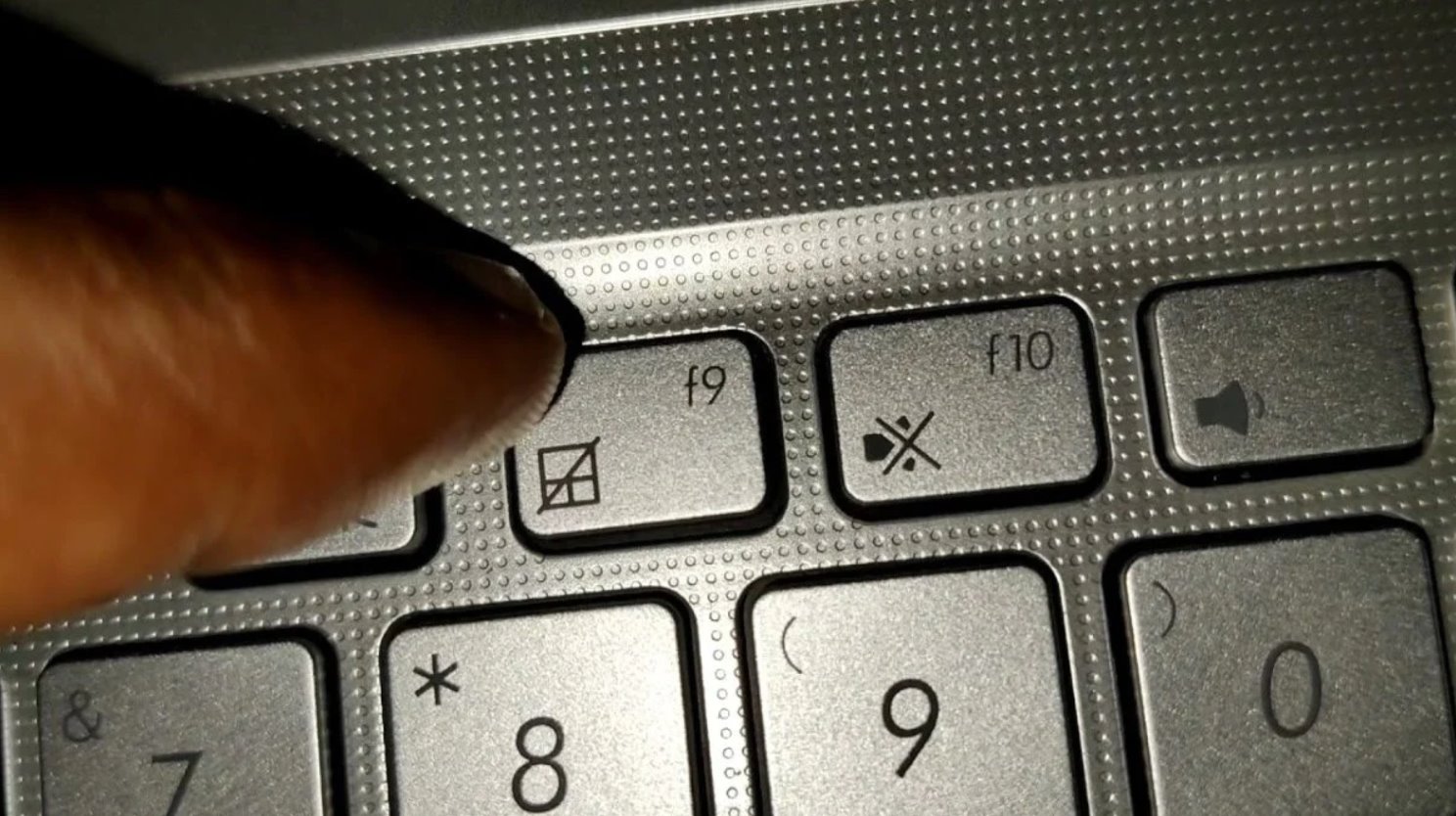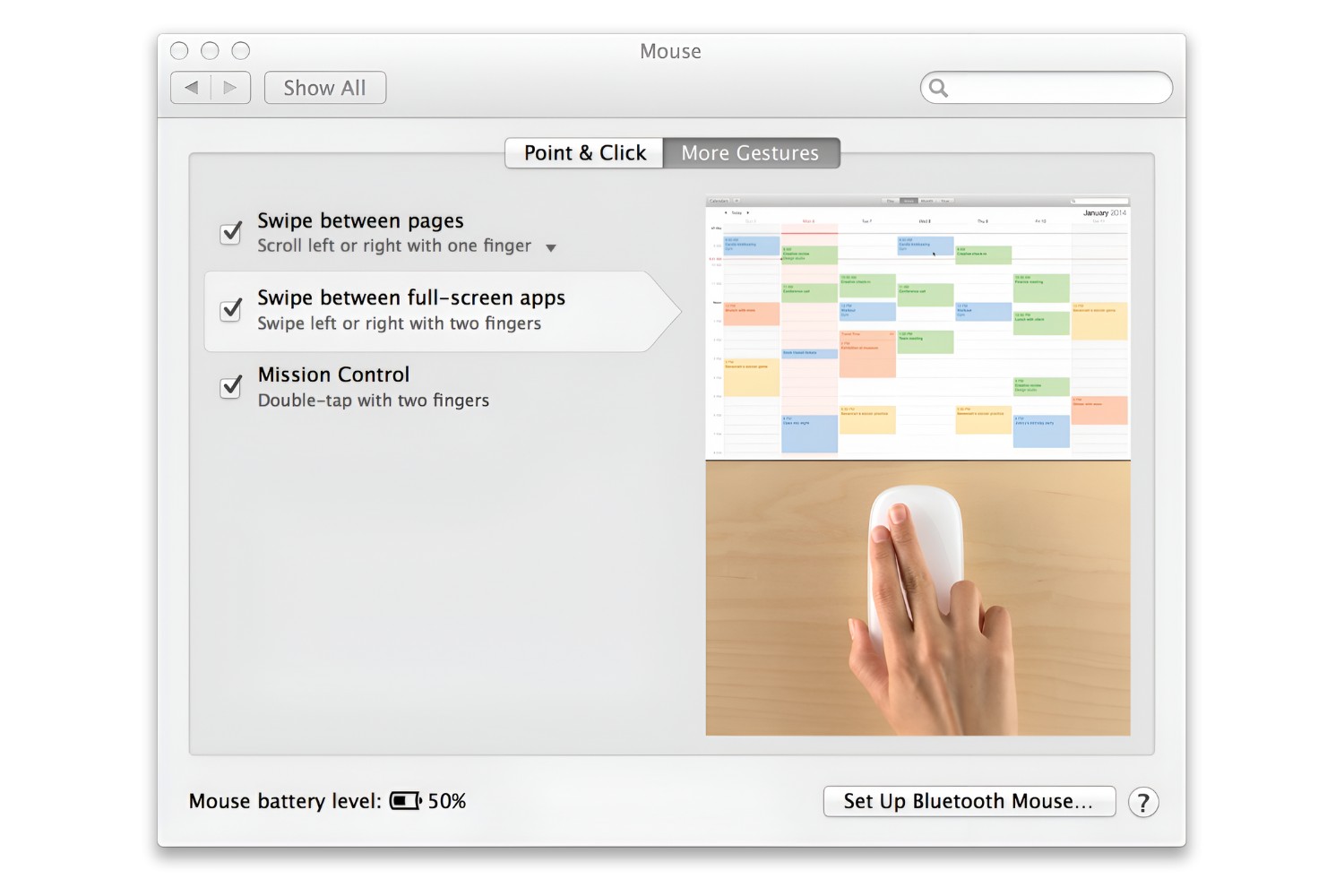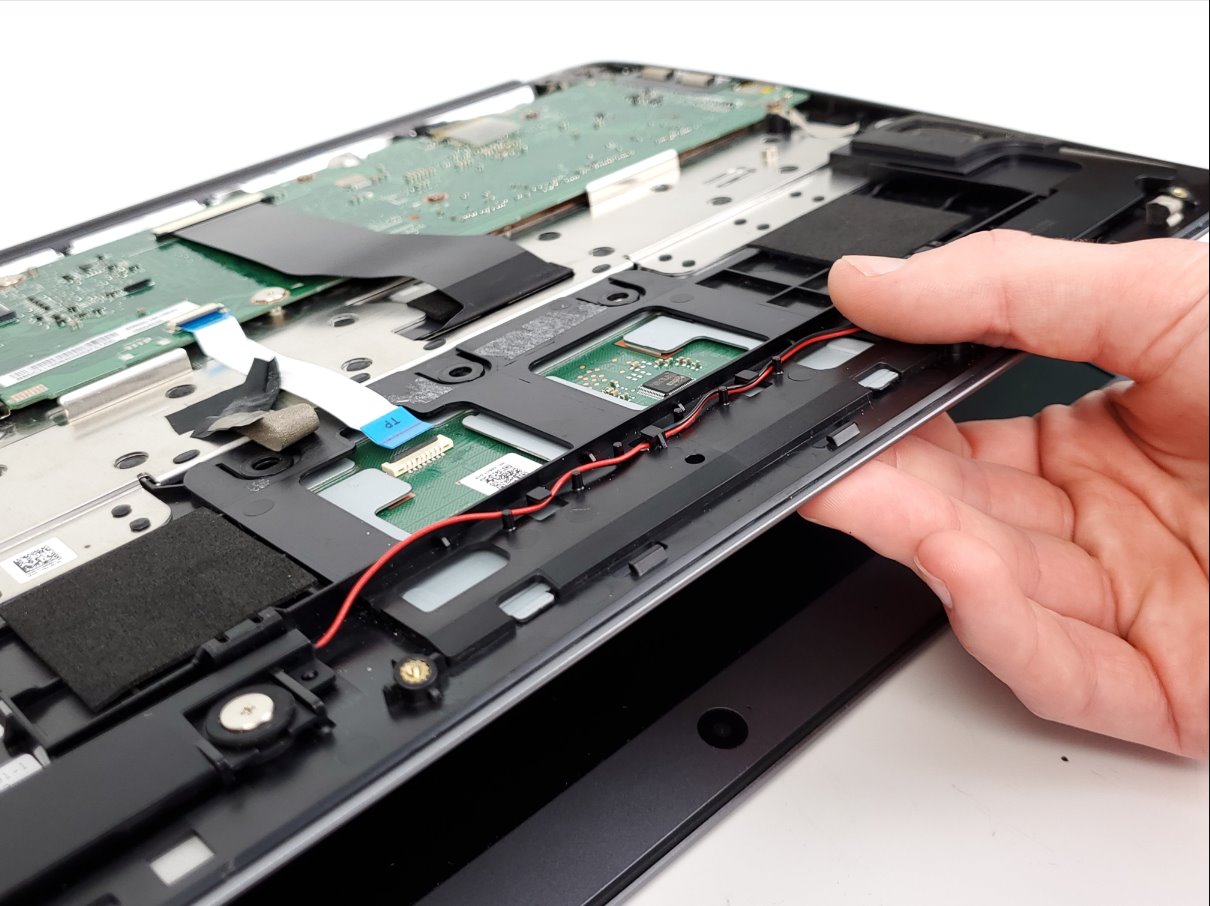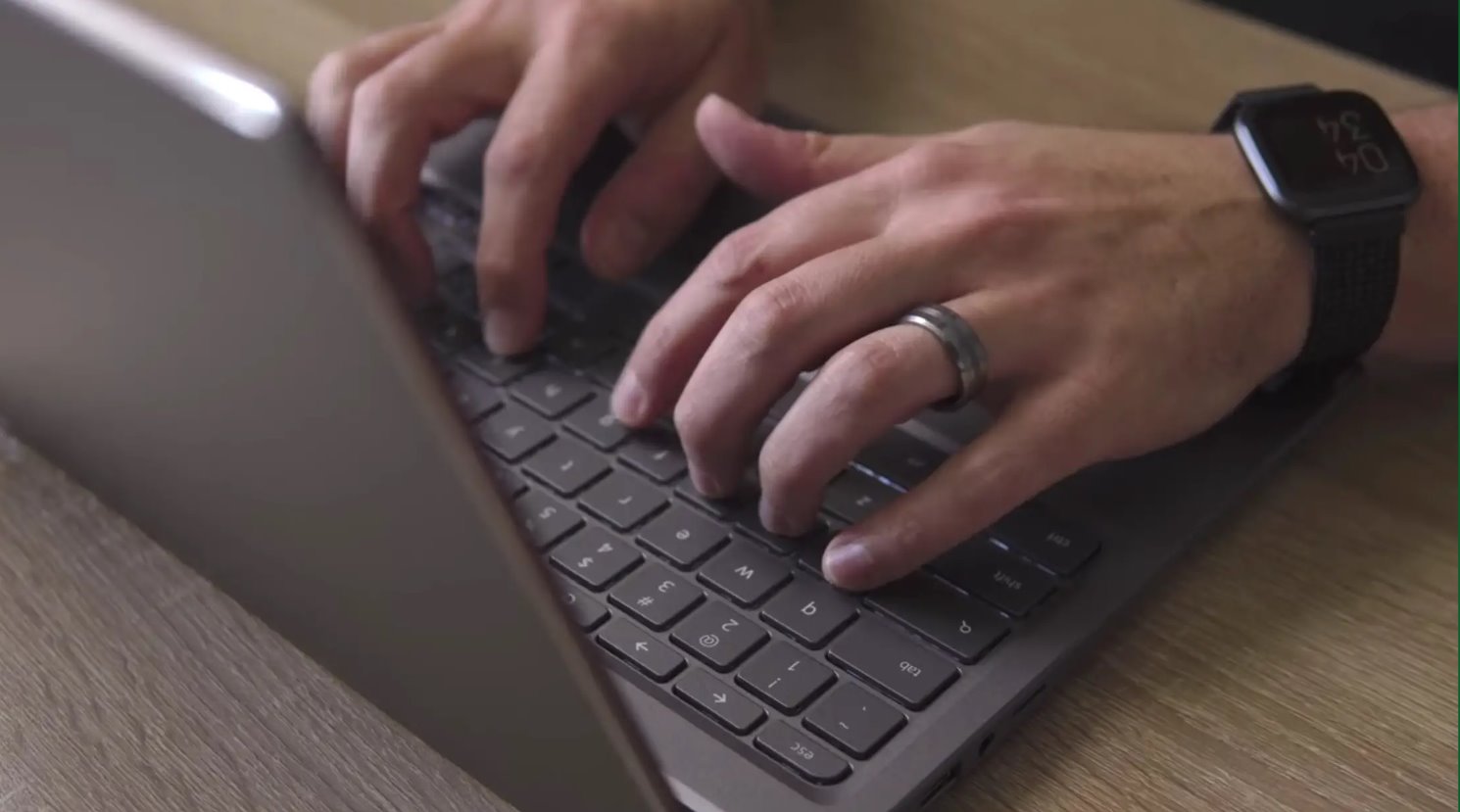Introduction
When using a laptop, it’s common to connect an external mouse for improved precision and comfort. However, many users find it frustrating when the trackpad or touchpad continues to be active while the mouse is plugged in. Accidental touches on the trackpad can disrupt workflows, lead to frustration, and even result in unintended actions.
Fortunately, there are several methods to disable the trackpad when a mouse is plugged in. In this article, we will explore different ways to accomplish this, ranging from native settings options to third-party software solutions.
By disabling the trackpad when a mouse is connected, users can enjoy a seamless experience without any interference from the trackpad’s accidental touches. This can help improve productivity, efficiency, and overall user satisfaction with their device.
In the following sections, we will discuss various methods to disable the trackpad when a mouse is plugged in. Whether you are a Windows user or a Mac user, you will find suitable options to meet your needs.
Let’s delve into these methods and explore how to make your laptop experience even more enjoyable and hassle-free when using an external mouse.
Why Disable the Trackpad When a Mouse is Plugged In?
Many laptop users prefer using an external mouse instead of the built-in trackpad or touchpad for various reasons. Some find it more comfortable and ergonomic to navigate with a mouse, while others require its precision for tasks such as graphic design or gaming. However, when both the trackpad and the mouse are active simultaneously, it can lead to undesired actions and disruptions in workflow. Here are a few reasons why disabling the trackpad when a mouse is plugged in can be beneficial:
- Preventing accidental touches: When using a trackpad, it’s not uncommon for accidental touches to occur, especially during typing or when resting palms on the laptop. Accidental touches can lead to unintended cursor movements, accidental clicks, or incorrect selections. Disabling the trackpad when a mouse is connected can prevent these accidental touches and ensure a smoother user experience.
- Enhancing precision and control: An external mouse provides better accuracy and control compared to a trackpad. By disabling the trackpad, users can fully utilize the mouse’s capabilities and enjoy improved precision in tasks such as graphic editing, spreadsheet work, or gaming.
- Avoiding cursor jumps: In some situations, the trackpad’s sensitivity might cause the cursor to jump unexpectedly, leading to frustration and erroneous selections. By disabling the trackpad when a mouse is connected, users can eliminate this issue and maintain consistent cursor control.
- Improving productivity: By using an external mouse without the interference of the trackpad, users can navigate through documents, websites, and applications more efficiently. This improved productivity can be especially beneficial for professionals who spend a significant amount of time working on their laptops.
While the decision to disable the trackpad when a mouse is plugged in may vary from user to user, it’s clear that doing so can result in a smoother, more precise, and less frustrating user experience. Now let’s explore the different methods available to disable the trackpad when a mouse is connected, based on your operating system and personal preferences.
Method 1: Using Trackpad/Touchpad Settings
One of the easiest ways to disable the trackpad when a mouse is plugged in is by utilizing the built-in trackpad settings on your laptop. Both Windows and Mac operating systems offer options to customize trackpad behavior and configure it to automatically disable when a mouse is connected.
On Windows:
- Open the Start menu and navigate to the “Settings” app.
- Click on “Devices” and then select “Touchpad” from the left sidebar.
- Under the “Touchpad” section, locate the option that allows you to disable the trackpad when a mouse is connected. The wording may vary depending on the manufacturer, but it is usually labeled as “Leave touchpad on when a mouse is connected” or a similar phrase.
- Once you find the appropriate option, toggle it to disable the trackpad when a mouse is plugged in.
On Mac:
- Click on the Apple menu in the top-left corner of the screen and select “System Preferences.”
- In the System Preferences window, click on “Trackpad.”
- Go to the “Point & Click” tab, and look for the checkbox that says “Ignore built-in trackpad when mouse or wireless trackpad is present.”
- Check this box to disable the trackpad when a mouse is connected.
By following these steps, you can easily configure your trackpad to automatically disable when a mouse is plugged in. This makes it convenient and hassle-free to switch between using the trackpad and the external mouse.
However, it’s important to note that the exact location and wording of these settings may vary depending on your laptop model, operating system version, and manufacturer. If you can’t find the specific options mentioned above, refer to your laptop’s user manual or search online for instructions specific to your device.
Now that we’ve covered the native settings options, let’s explore another method to disable the trackpad when a mouse is connected – using the device manager.
Method 2: Using Device Manager
If the trackpad settings on your laptop do not include an option to disable the trackpad when a mouse is connected, you can utilize the Device Manager on Windows to achieve the desired functionality.
Here’s how you can disable the trackpad using the Device Manager:
- Open the Start menu, type “Device Manager,” and click on it to launch the application.
- In the Device Manager window, expand the “Mice and other pointing devices” category.
- Locate the entry for your trackpad, which is usually labeled as “Synaptics Touchpad,” “ELAN Touchpad,” or something similar.
- Right-click on the trackpad entry and select “Disable device” from the context menu.
- A confirmation dialog may appear. Click on “Yes” to confirm the disabling of the trackpad.
By following these steps, you will successfully disable the trackpad on your laptop. Remember that this method disables the trackpad entirely, so you won’t be able to use it even when the mouse is disconnected.
It’s worth noting that the exact names and options in the Device Manager may vary depending on your laptop model and manufacturer. If you’re unsure which entry corresponds to your trackpad, consult your laptop’s user manual or try disabling one entry at a time until you find the correct one.
Now that we’ve explored the use of the Device Manager, let’s move on to another method – utilizing third-party software.
Method 3: Using Third-Party Software
If the native trackpad settings or the Device Manager options don’t meet your needs, you can consider using third-party software to disable the trackpad when a mouse is connected. There are various software solutions available that provide more advanced customization options and allow you to fine-tune the behavior of your trackpad.
Here are a few popular third-party software options that can help you disable the trackpad when a mouse is plugged in:
1. Touchpad Blocker: Touchpad Blocker is a lightweight software that automatically disables the trackpad when you start typing and re-enables it once you stop typing. It provides a seamless experience without the need for manual toggling of trackpad settings.
2. TouchFreeze: TouchFreeze is a utility that prevents accidental touches on the trackpad by temporarily disabling it when you start typing. It automatically detects when you’re actively using the keyboard and enables the trackpad when you’re done, ensuring a smooth transition between typing and using the trackpad.
3. AutoHotkey: AutoHotkey is a powerful scripting language that allows you to automate various tasks on your Windows computer. With AutoHotkey, you can create custom scripts to control and disable the trackpad when a mouse is plugged in. It requires some scripting knowledge but provides extensive flexibility.
4. TweakBit Touchpad Blocker: TweakBit Touchpad Blocker is another software solution that offers automatic trackpad disabling. It detects when you’re typing and disables the trackpad to prevent accidental cursor movements. It also allows you to manually enable or disable the trackpad with keyboard shortcuts.
These are just a few examples of the third-party software options available to disable the trackpad when a mouse is connected. Before installing any software, make sure to research and read reviews to ensure compatibility with your operating system and that it meets your specific needs.
Now that we’ve explored the use of third-party software, let’s move on to the final method – using special function keys.
Method 4: Using Special Function Key
Some laptops come equipped with special function keys or keyboard shortcuts that allow you to quickly disable or enable the trackpad. These keys are often marked with a touchpad icon and are located in the function key row at the top of the keyboard.
Here’s how you can utilize the special function key to disable the trackpad when a mouse is connected:
- Look for the special function key on your laptop’s keyboard that is designated for the trackpad. It is usually denoted by an icon depicting a touchpad or a crossed-out touchpad.
- Press and hold the “Fn” (Function) key on your keyboard.
- While holding the “Fn” key, simultaneously press the touchpad-specific function key.
- The trackpad should be disabled. A notification or indicator light may appear to indicate that the trackpad is now disabled.
To re-enable the trackpad, repeat the same steps, but this time press the touchpad-specific function key while holding down the “Fn” key.
It’s important to note that the exact location and functionality of the special function key may vary depending on your laptop model and manufacturer. If you’re unsure about which key to use or if your laptop has this capability, refer to your laptop’s user manual or search for specific instructions online.
By utilizing the special function key, you can easily toggle the trackpad on and off, allowing you to disable it when a mouse is connected and enable it when needed.
Now that we’ve explored the different methods available to disable the trackpad when a mouse is plugged in, you can choose the option that best suits your preferences and device. Remember to consider your specific laptop model, operating system, and personal needs.
Conclusion
Disabling the trackpad when a mouse is plugged in can greatly enhance your laptop experience by preventing accidental touches, improving precision and control, avoiding cursor jumps, and boosting productivity. Luckily, there are several ways to achieve this functionality, catering to different operating systems and personal preferences.
In this article, we discussed four methods to disable the trackpad when a mouse is connected. First, we explored the native trackpad settings available in Windows and Mac operating systems, which provide a straightforward way to configure the trackpad behavior. Second, we learned how to utilize the Device Manager on Windows to disable the trackpad entirely. Third, we introduced the option of using third-party software, such as Touchpad Blocker, TouchFreeze, AutoHotkey, or TweakBit Touchpad Blocker. These software solutions offer more advanced customization options for trackpad behavior. Finally, we discussed the approach of using special function keys that are sometimes available on laptops to toggle the trackpad on and off.
Remember to consider your specific laptop model, operating system, and personal preferences when choosing the method that best suits your needs. It’s important to follow the instructions carefully to ensure successful implementation.
By disabling the trackpad when a mouse is plugged in, you can eliminate frustrations caused by accidental touches and enjoy a smoother, more precise, and less disruptive user experience. Whether you’re a professional working long hours on your laptop or a casual user seeking more comfort and control, these methods will help you make the most of your external mouse and enhance your productivity.
Now that you have a range of options to disable the trackpad when a mouse is connected, feel free to try them out and discover which method works best for you. Enjoy a seamless and enhanced laptop experience with your preferred input device!







